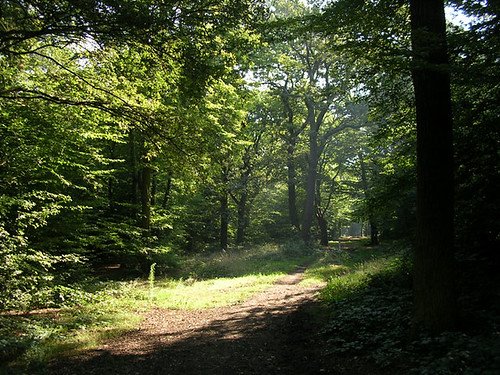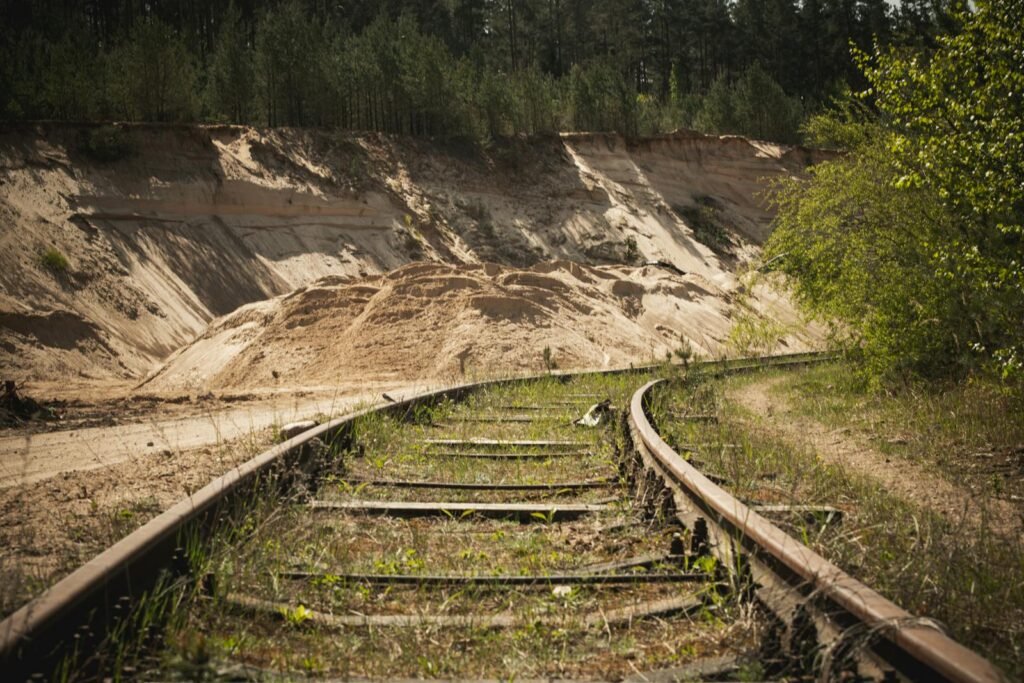Imagine stumbling into a shadowy cavern in the heart of Ice Age Germany, your torch flickering against ancient walls. Suddenly, you realize you’re not alone. In the dim light, a hulking shape lurks—a beast so massive and shaggy, it looks like a bulldozer wearing a winter coat. Meet the cave bear: a prehistoric titan with the bulk of a small car, the temper of a cornered badger, and the appetite of a hungry teenager. These giants weren’t just big—they were survivors, warriors, and, at times, absolute terrors of their icy domain. Their story is one of resilience, mystery, and a splash of drama that’s almost too wild to believe.
Cave Bears: Giants of the Ice Age

The cave bears that once roamed Germany were truly enormous, often weighing over 1,000 kilograms—roughly the size of a compact car, but much hairier and a lot less friendly. They stood up to 1.7 meters at the shoulder and could reach nearly 3.5 meters tall when on their hind legs. Their sheer size alone made them one of the most impressive mammals of the Pleistocene era. These were not the sort of creatures you’d want to stumble across on a walk through the woods. Their bones, often found deep in caves, tell tales of lives spent fending off cold, hunger, and the challenges of their brutal environment.
A Coat Built for the Deep Freeze
If you could run your hand through a cave bear’s fur (not that you’d want to try), you’d find thick, shaggy hair designed to keep out the biting cold of Ice Age Europe. Their pelts were dense, layered, and probably a mottled brown or gray, perfect for blending into snowy landscapes or the dim gloom of their cave homes. This insulating coat was a vital adaptation, helping these bears survive through long, frigid winters when temperatures regularly plummeted below freezing. In a way, they wore their survival on their backs, each hair a testament to their battle against the elements.
Massive Bones and Muscular Frames
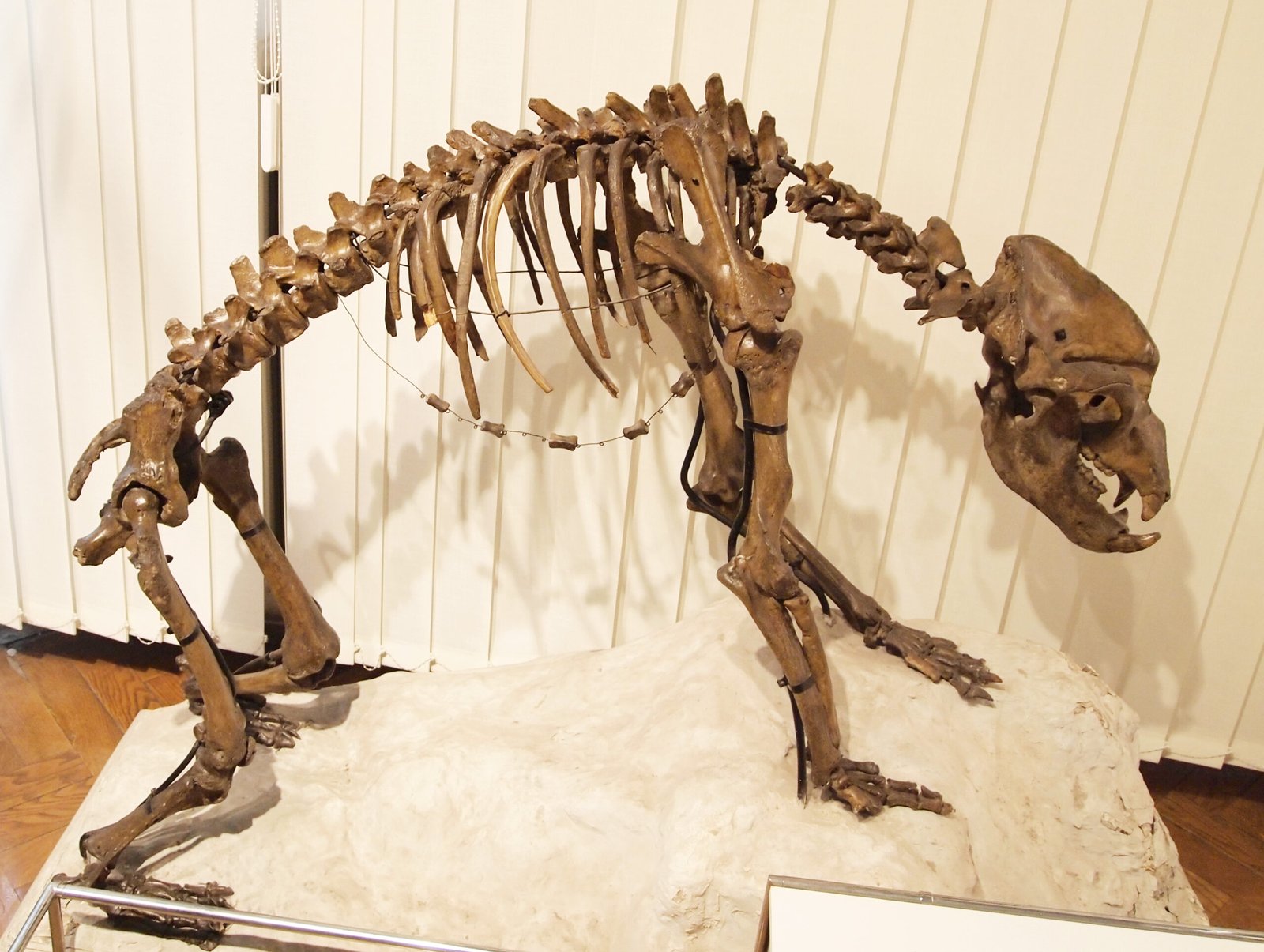
Cave bears were not just bulky—they were built like living tanks. Their skeletons reveal thick, powerful limbs and a barrel-shaped chest, giving them incredible strength. Their front legs were especially robust, likely to help them dig, climb, and possibly defend themselves against rivals or predators. The size and shape of their bones suggest a creature designed for raw power rather than speed. Just imagine a grizzly bear, but add a couple of hundred extra pounds and a bad attitude to match.
Diet: More Than Just Honey and Berries
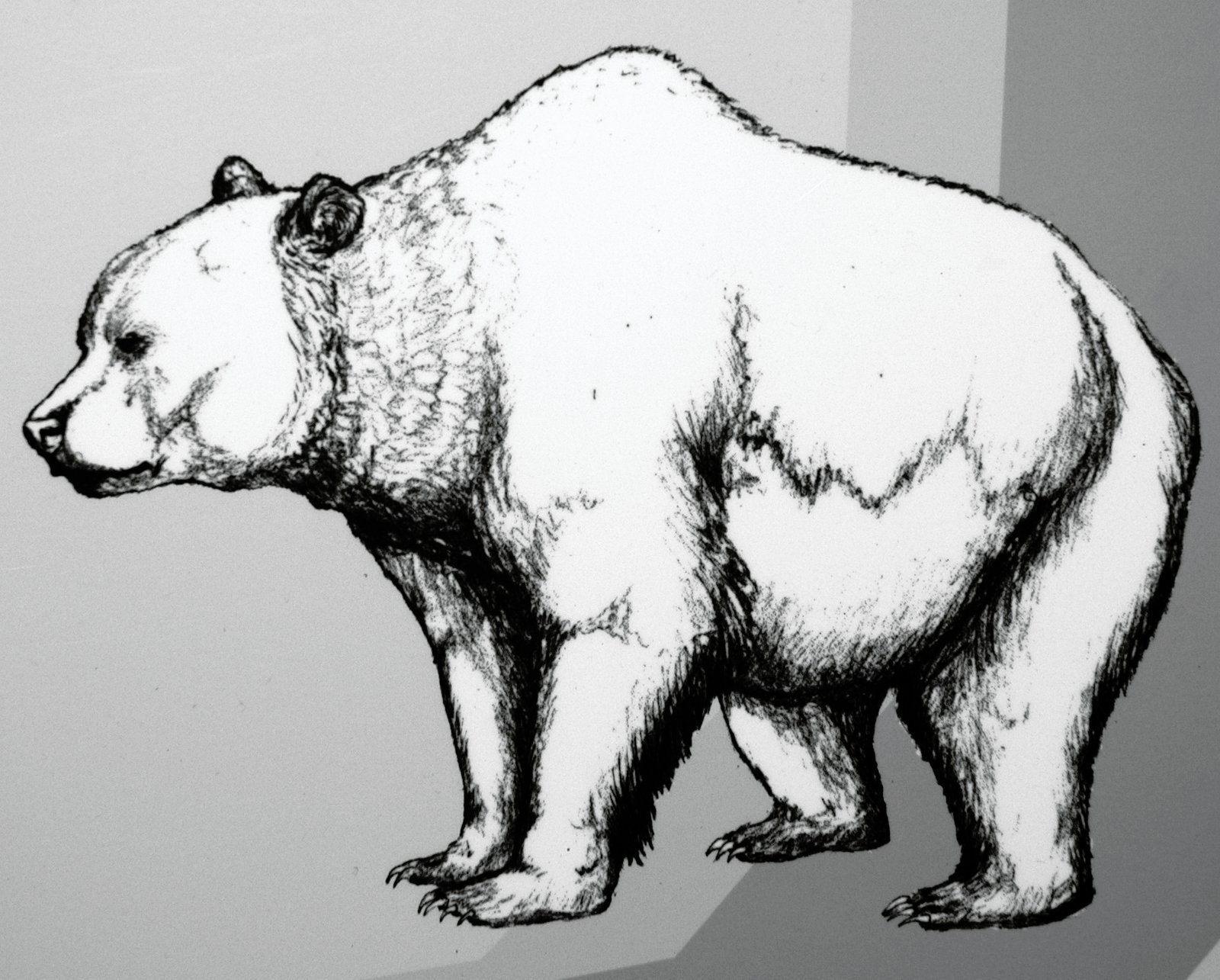
While people often picture bears munching on honeycomb or berries, cave bears had a more complex menu. Scientific analysis of their teeth and bones reveals a primarily herbivorous diet, with large molars suited for grinding tough plant material. However, some evidence hints they occasionally scavenged meat when plants were scarce. Their ability to adapt their diet could have been both a blessing and a curse, especially as Ice Age climates shifted and food sources changed. Picture a bear rummaging through roots and tubers, but not turning down a meaty snack if the opportunity arose.
Habitat: Masters of the German Caves
Cave bears didn’t just get their name for fun—they truly made caves their homes. Across Germany, their bones have been found in limestone caverns, sometimes in massive piles that suggest generations of bears using the same shelter year after year. These caves offered protection from predators, harsh weather, and, most importantly, a safe spot for hibernation. Many of these “bear dens” have become archaeological treasures, holding secrets of not just the bears, but the ancient world they lived in.
Hibernation Habits: Deep Sleepers
One of the most fascinating aspects of the cave bear’s life was its hibernation. As winter approached, these bears would settle deep into their chosen caves, curling up for months of uninterrupted sleep. During this period, their metabolic rate would plummet, allowing them to survive without eating for up to six months. Researchers have even found fossilized remains of bears that died during hibernation—sometimes curled up just as they would have been in life. It’s a haunting reminder of how tough survival could be, even for these mighty beasts.
A Grumpy Reputation: Not Just a Myth
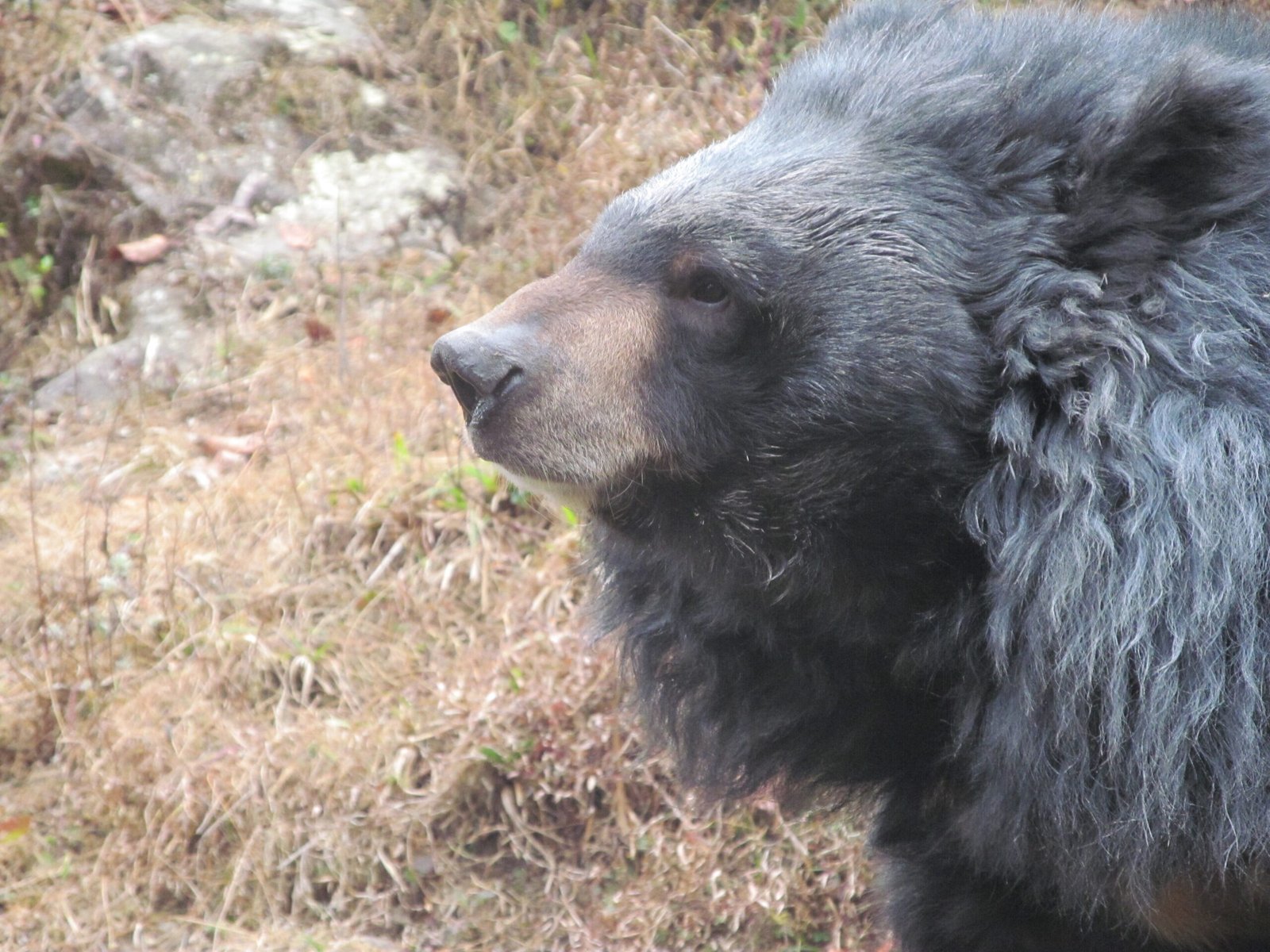
Imagine being woken from a long, deep sleep by a hungry wolf or a curious human. Cave bears had a reputation for being irritable—maybe even downright nasty when provoked. Their massive size and powerful jaws made them formidable opponents, and their aggressive displays would have been enough to frighten away most creatures, including early humans. Cave paintings and ancient stories hint at a mutual respect—tempered by fear—between humans and these moody giants.
Clash With Early Humans
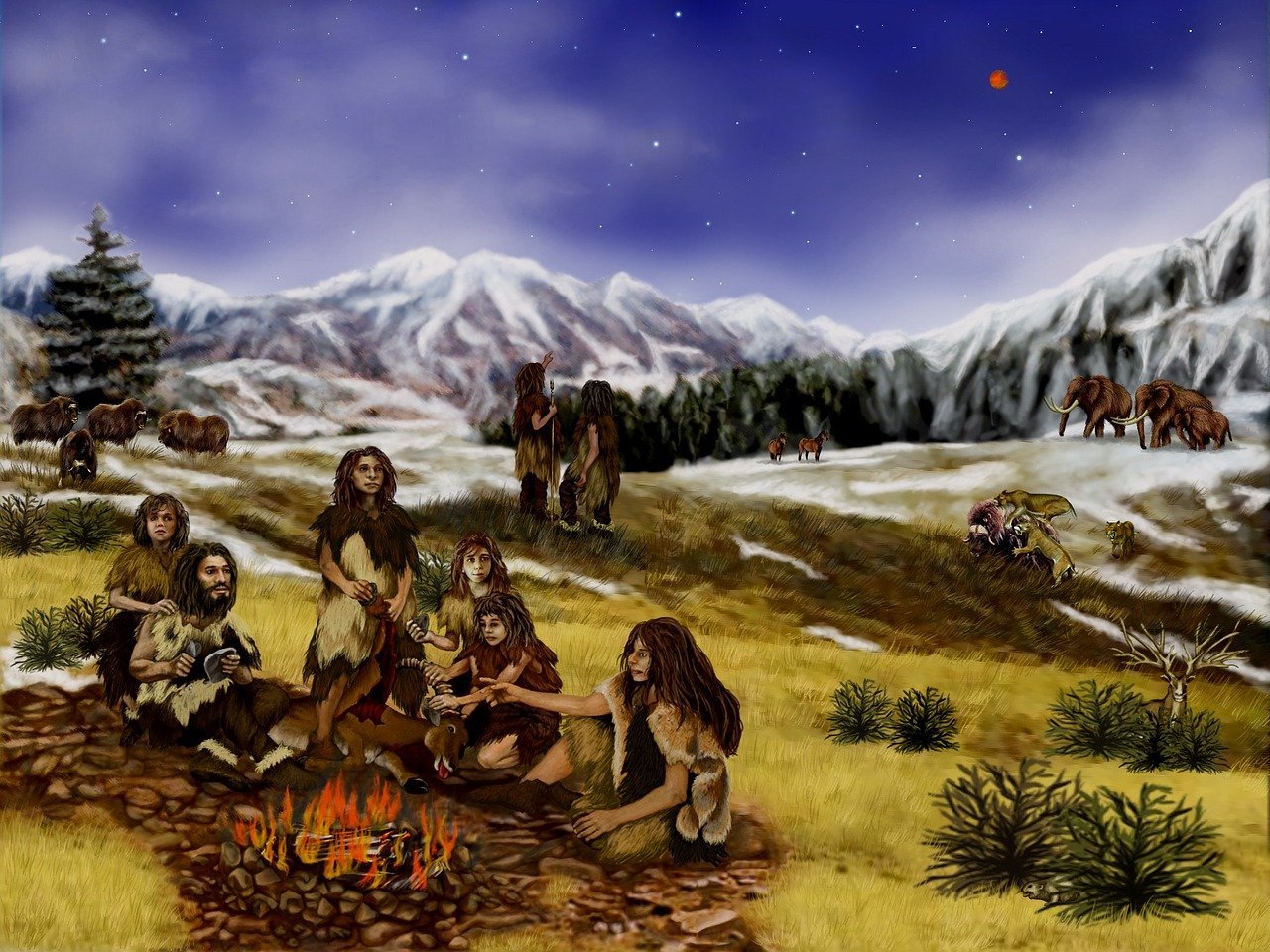
The relationship between cave bears and early humans was complicated, to say the least. Archaeological evidence shows that Neanderthals and Cro-Magnons sometimes shared the same caves as bears, either at different times or, in rare cases, simultaneously. This would have led to tense encounters—imagine stumbling into a bear’s bedroom after a long hunt! Some researchers believe that competition for shelter and resources may have contributed to the eventual decline of the cave bear population.
Fossil Discoveries: Bones Tell the Tale
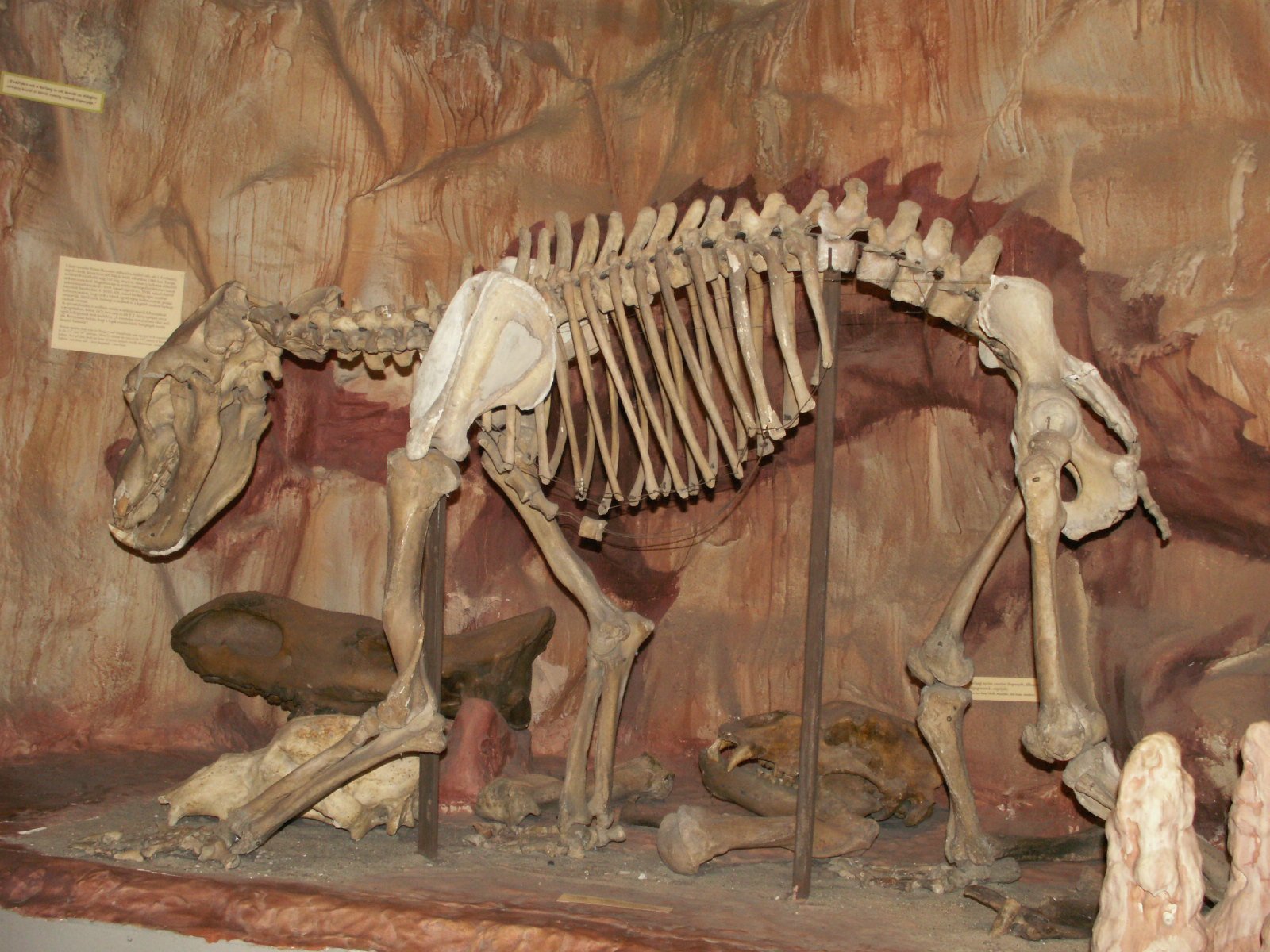
Germany has yielded some of the richest cave bear fossil sites in Europe. Caves like those in the Swabian Jura are packed with skulls, jaws, and limb bones, many of them remarkably well-preserved. These fossils offer scientists a unique window into the past, revealing not just the size and shape of the bears, but clues about their health, age, and even how they died. Some skeletons show evidence of injuries, infections, or even ancient bear-on-bear battles.
Family Life: Raising Cubs in the Dark

Cave bears, like their modern relatives, were caring mothers. Females would give birth to cubs during hibernation, nursing them on rich, fatty milk until spring arrived. The dark, sheltered environment of the cave protected vulnerable cubs from predators and harsh weather. Fossilized remains of cubs have been found nestled close to adult skeletons, a silent testament to the bonds between mother and offspring. It’s easy to picture a sleepy bear cub, blinking in the pale light, safe in the shadow of its massive mother.
Adaptation to the Ice Age Environment
Surviving the Ice Age was no small feat. Cave bears developed a range of adaptations to thrive in such a harsh world. Their heavy build helped conserve heat, while their plant-based diet allowed them to exploit resources unavailable to strict carnivores. Large nasal passages may have helped warm the frigid air before it reached their lungs. In many ways, these adaptations made them perfectly suited to their environment—until that environment began to change.
The Mysterious Extinction
Despite their strengths, cave bears vanished from the earth around 24,000 years ago. Scientists continue to debate what caused their extinction. Was it climate change, competition with humans, loss of habitat, or a combination of these factors? Some evidence suggests that as forests replaced open tundra, their preferred food sources dwindled. Others point to the increasing presence of humans in their caves. The truth may never be fully known, but the mystery only adds to their legend.
DNA Insights: Connecting Past and Present
Modern technology has allowed scientists to extract and study ancient DNA from cave bear bones. These genetic clues reveal surprising connections between cave bears and modern brown bears, though they split off from a common ancestor hundreds of thousands of years ago. DNA studies have also helped map the migration patterns of cave bears across Europe, showing how populations rose and fell in response to changing climates. It’s a little like reading a prehistoric diary, written in code.
Cave Bears in German Folklore

Long after their extinction, cave bears lived on in German legend and folklore. Ancient people left carvings and paintings of bears on cave walls, treating them with a mix of awe and fear. Even today, some local myths speak of “ghost bears” haunting the old caves. The powerful image of the bear—strong, shaggy, and unpredictable—still resonates in the German imagination, a shadowy reminder of a wilder world.
Comparisons With Modern Bears
It’s tempting to compare cave bears to today’s grizzlies or polar bears, but the differences are striking. Cave bears were more specialized for a vegetarian diet, with larger molars and a more domed skull. Their sheer size often dwarfed even the largest modern bears. Still, some behaviors—like hibernation, raising cubs in dens, and their general grumpiness—remain the same. In a way, seeing a modern bear is like glimpsing a distant cousin of these ancient titans.
The Role of Caves in Bear Survival
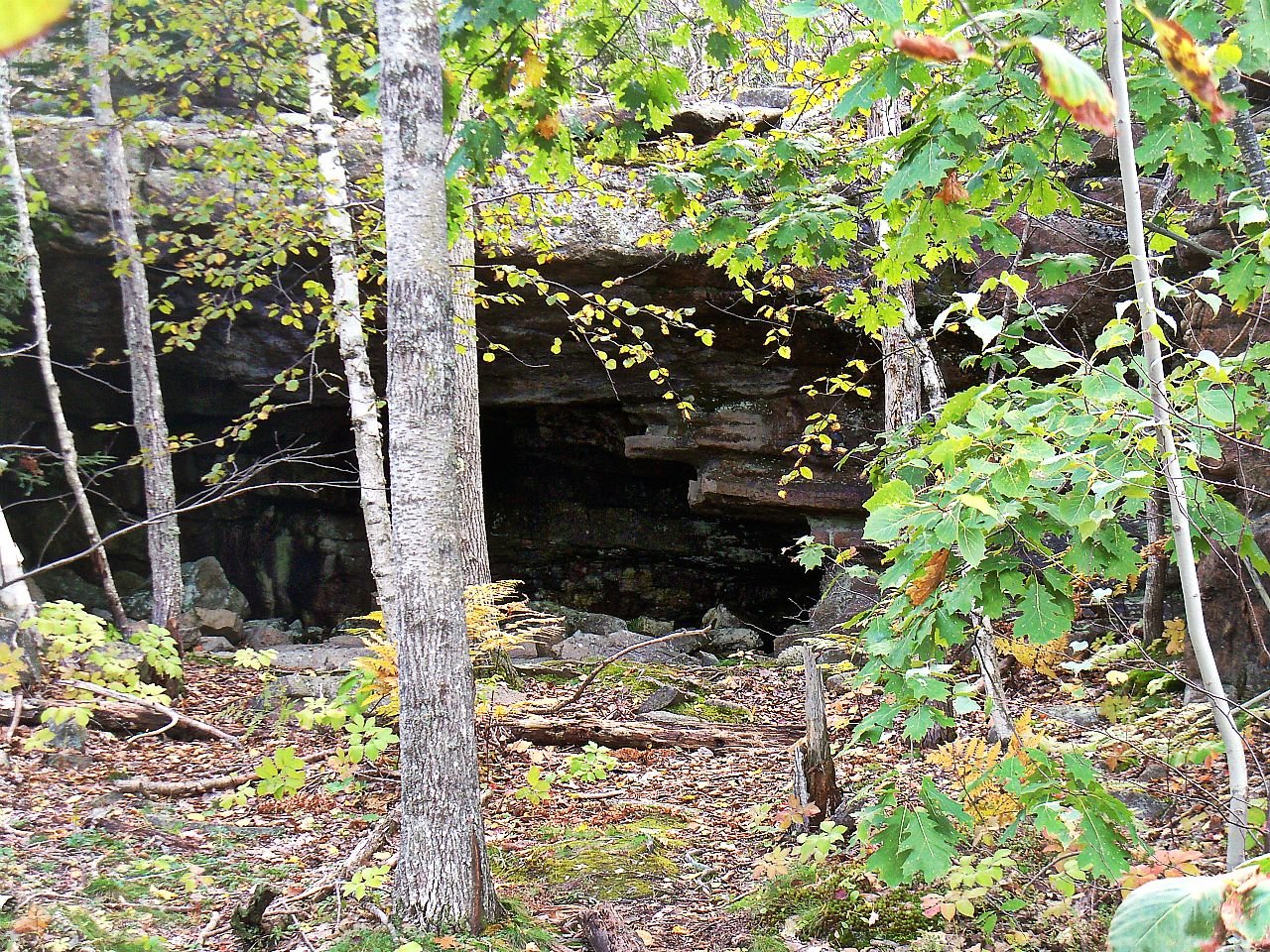
Caves were more than just shelters—they were lifelines. The stable temperatures inside protected cave bears from winter’s worst, while the thick walls kept out predators and rivals. Some dens show signs of long-term use, with layers of bones and bedding built up over centuries. These places became centers of life, death, and, eventually, fossilization. For scientists, every cave is a time capsule waiting to be opened.
What We Can Learn From Their Bones
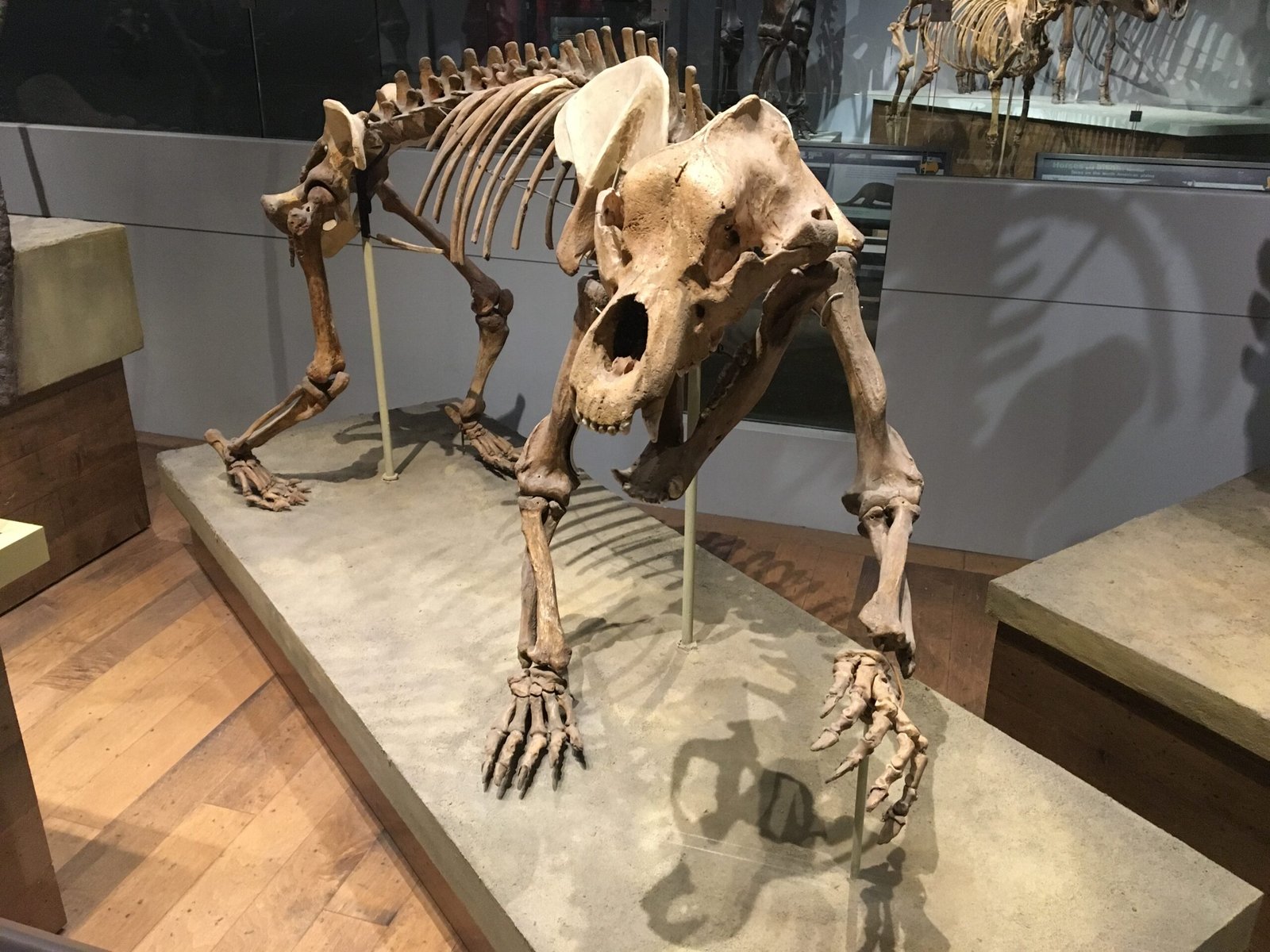
Studying cave bear skeletons isn’t just about admiring big bones. Each fossil is a story—of injury, illness, or survival against the odds. Scientists use techniques like radiocarbon dating and isotopic analysis to learn what the bears ate, how old they were when they died, and even what the climate was like during their lives. Some bones show marks from ancient tools, hinting at interactions with early humans. It’s detective work of the highest order, piecing together the puzzle of an extinct world.
Preserving the Legacy of the Cave Bear
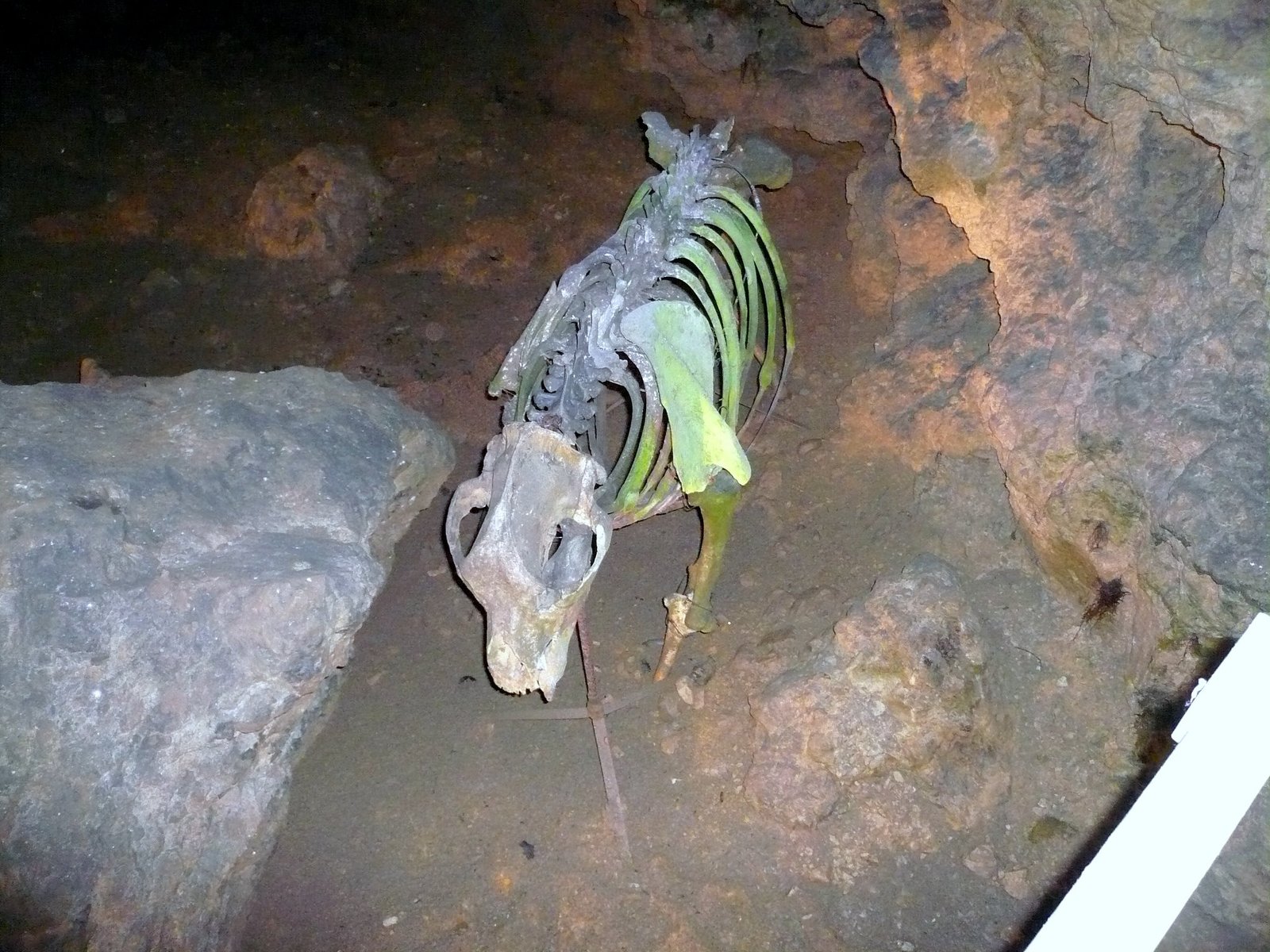
Museums across Germany proudly display cave bear skeletons, some reconstructed in lifelike poses that capture their intimidating presence. Scientists continue to excavate caves, uncovering new fossils and new stories. Local communities celebrate their connection to these ancient animals, using them as symbols of strength and resilience. Every bone, every tooth, every legend is a reminder that the past is never really gone—it lives on, just beneath the surface.
Why the Cave Bear Still Captivates Us
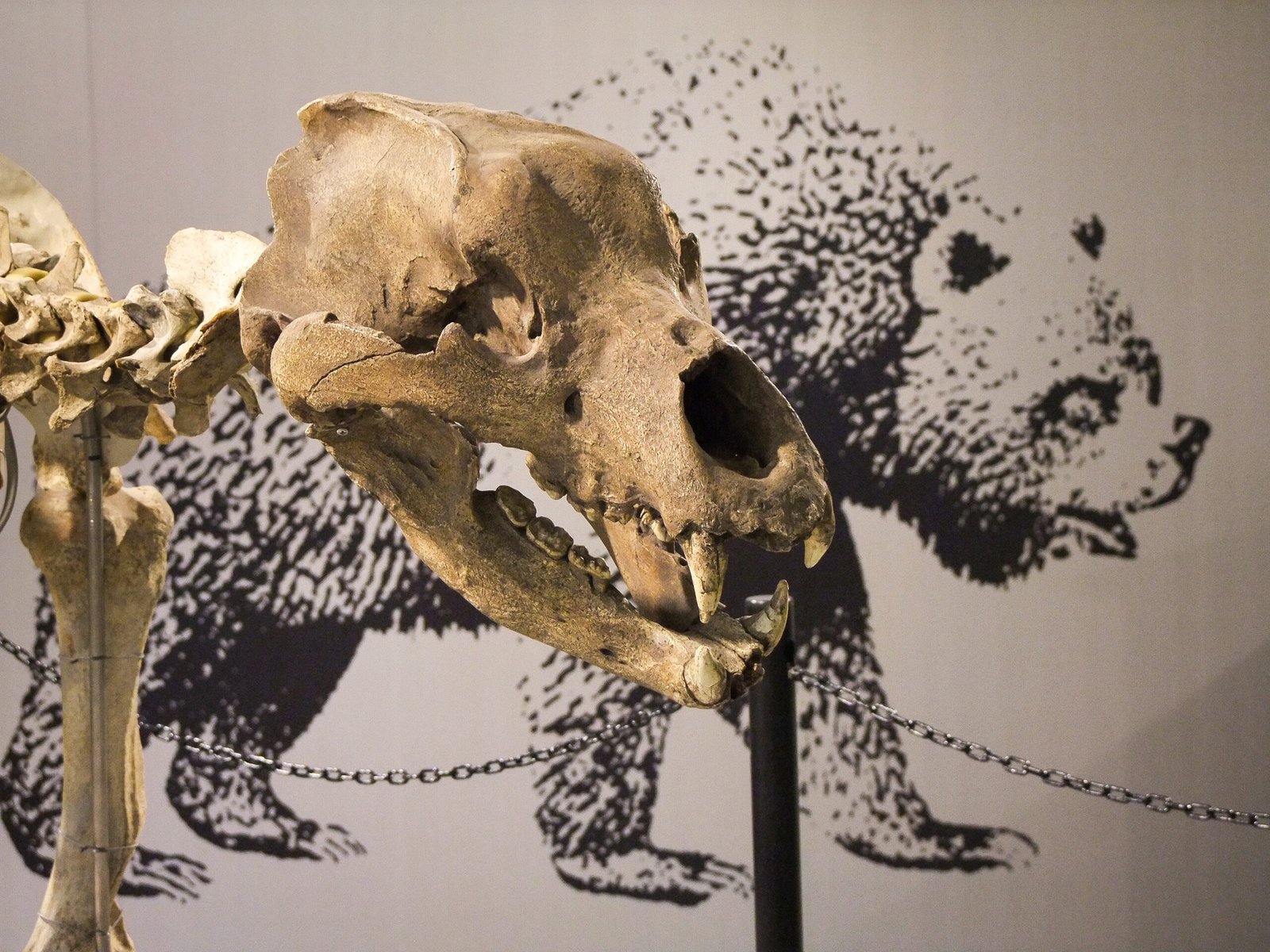
There’s something deeply compelling about the cave bear. Maybe it’s their immense size, their tragic extinction, or the way they straddled the line between fearsome beast and devoted parent. They remind us that the natural world is full of surprises, that survival demands both strength and adaptability. And perhaps, in imagining their shaggy forms lumbering through the darkness, we see a reflection of our own struggle to endure, adapt, and thrive—no matter how fierce the world becomes.


